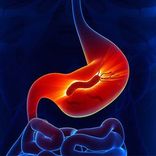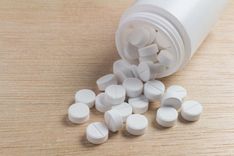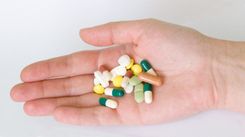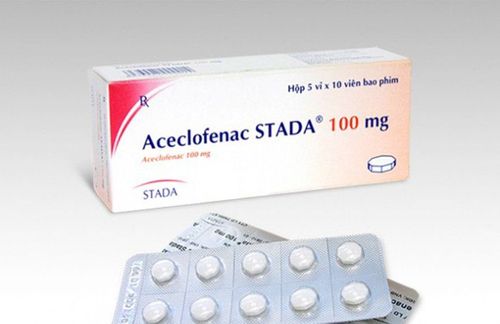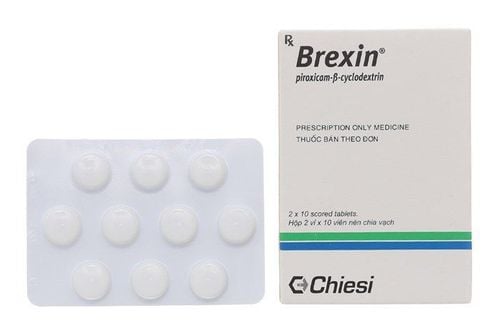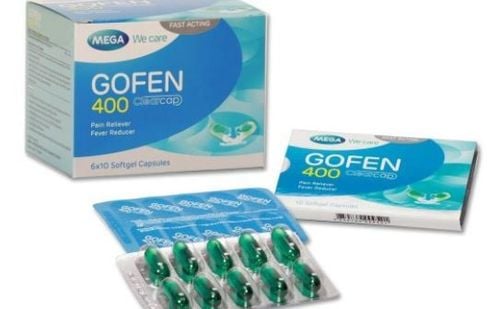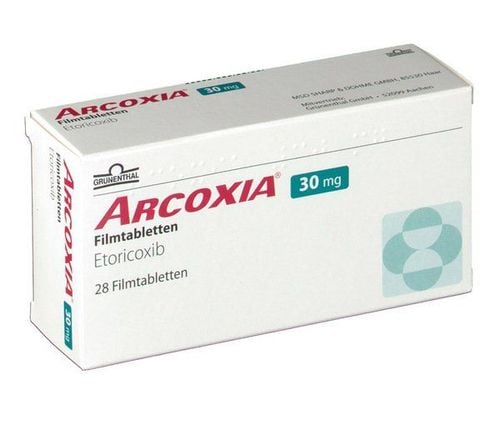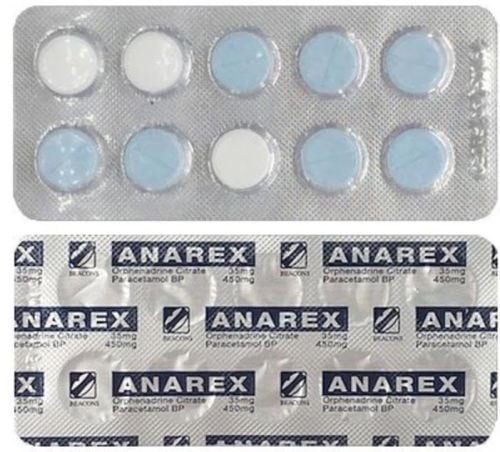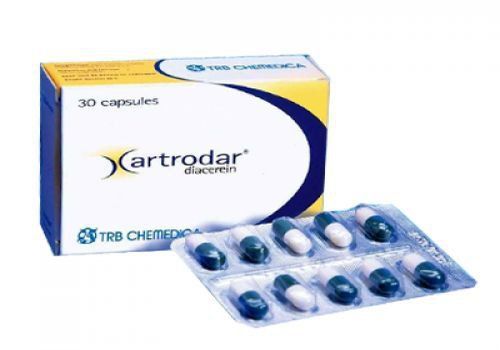Arcoxia is used to treat many different diseases such as osteoarthritis, ankylosing spondylitis, acute gout, menstrual cramps, etc. So what are the uses of Arcoxia and how to use this medicine?
1. Uses of Arcoxia
Arcoxia's main ingredient is Etoricoxib, a non-steroidal anti-inflammatory drug (NSAID) with anti-inflammatory, analgesic and antipyretic properties.
Arcoxia is indicated in the following cases:
- Treatment of acute and chronic episodes of osteoarthritis and rheumatoid arthritis.
- Treatment of ankylosing spondylitis.
- Treatment of acute gouty arthritis.
- Treatment of other acute pain including primary dysmenorrhea.
- Short-term treatment of pain associated with dental surgery.
Arcoxia is contraindicated in the following cases
- People who are sensitive to any ingredient of the drug.
- People with a history of asthma, hives or allergic reactions after using other non-steroidal anti-inflammatory drugs (NSAIDs).
- Congestive heart failure.
- People with hypertension with blood pressure continuously elevated above 140/90 mmHg and not controlled.
- People with established ischemic heart disease, peripheral arterial disease and/or cerebrovascular disease (including patients who have recently undergone coronary artery bypass grafting or angioplasty).
- Severe liver dysfunction.
- People with peptic ulcers or gastrointestinal bleeding.
- Creatinine clearance < 30mL/min.
- Pregnant and lactating women.
- Children under 16 years of age.
- Arcoxia should not be used as combination therapy with other non-steroidal anti-inflammatory drugs (NSAIDs).
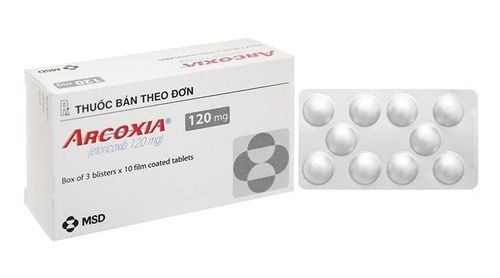
2. Dosage and how to use Arcoxia pain reliever
How to use Arcoxia:
- Arcoxia is taken orally, with or without food.
- Arcoxia should be used for the shortest possible time and at the lowest effective dose.
Dosage of Arcoxia pain reliever:
Osteoarthritis: The recommended dose for adults is 30 mg or 60 mg once daily.
Rheumatoid arthritis: The recommended dose for adults is 60 mg or 90 mg once daily. The minimum effective daily dose of Arcoxia in this case is 60 mg once daily. For some patients, a dose of 90 mg once daily may provide increased therapeutic benefit.
Ankylosing spondylitis: The recommended dose for adults is 60 mg or 90 mg once daily. The minimum effective daily dose of Arcoxia is 60 mg once daily.
Acute gouty arthritis: The recommended dose for adults is 120 mg once daily. Arcoxia 120 mg should only be used during the acute symptomatic phase, with a maximum treatment period of 8 days.
Acute pain and primary dysmenorrhea: The recommended dose is 120 mg once daily. You should also only use Arcoxia 120 mg during the acute symptomatic phase, with a maximum treatment period of 8 days.
Post-dental surgery pain: The recommended dose is 90 mg once daily, for a maximum of 3 days, some patients may need additional pain medication.
Doses higher than the recommended dose for each indication above have not been shown to increase the effectiveness of Arcoxia or have not been studied. Therefore:
The dose of Arcoxia in osteoarthritis should not exceed 60 mg per day.
The dose of Arcoxia in rheumatoid arthritis should not exceed 90 mg per day.
The dose of Arcoxia in ankylosing spondylitis should not exceed 90 mg per day.
The dose of Arcoxia in acute gout should not exceed 120 mg once daily.
The dose of Arcoxia in acute pain and primary dysmenorrhea should not exceed 120 mg/day.
The dose of Arcoxia in post-dental surgery pain should not exceed 90 mg per day.
In patients with mild hepatic impairment (Child-Pugh score 5-6), the dose of Arcoxia should not exceed 60 mg once daily. In patients with moderate hepatic impairment (Child-Pugh score 7-9), the dose of Arcoxia should be reduced, not exceeding 60 mg every other day, and a dose of 30 mg once daily may also be considered. There is no clinical or pharmacokinetic data on the use of Arcoxia in patients with severe liver failure (Child-Pugh score > 9). The use of Arcoxia is not recommended in patients with advanced renal disease (creatinine clearance < 30mL/min). No dosage adjustment is required in patients with renal failure with creatinine clearance ≥ 30mL/min.
Note: The above dosage of Arcoxia is for reference only. The specific dosage of Arcoxia depends on the physical condition and progression of the disease. To get the appropriate dosage, you need to consult your doctor.

3. Side effects of Arcoxia
When using Arcoxia, you may experience side effects of the drug. Common side effects of Arcoxia include:
- On the nervous system: Weakness, fatigue, headache, dizziness.
- On the digestive system: Indigestion, heartburn, nausea.
- For the liver: Increased AST, increased ALT.
- On the cardiovascular system: Increased blood pressure.
When experiencing side effects of Arcoxia, you need to stop using the drug and notify your doctor or go to the nearest medical facility for timely treatment.
To arrange an appointment, please call HOTLINE or make your reservation directly HERE. You may also download the MyVinmec app to schedule appointments faster and manage your reservations more conveniently.

